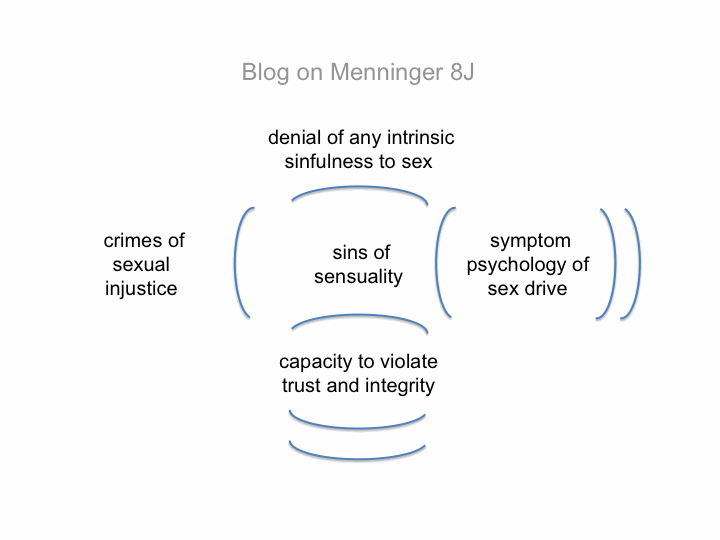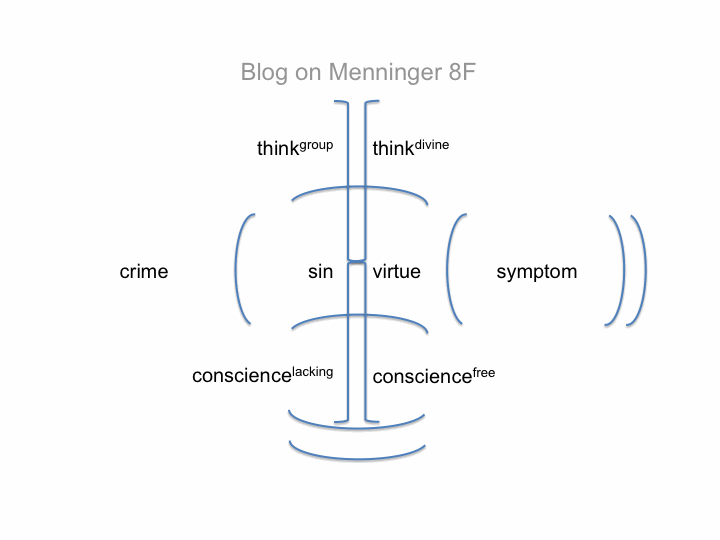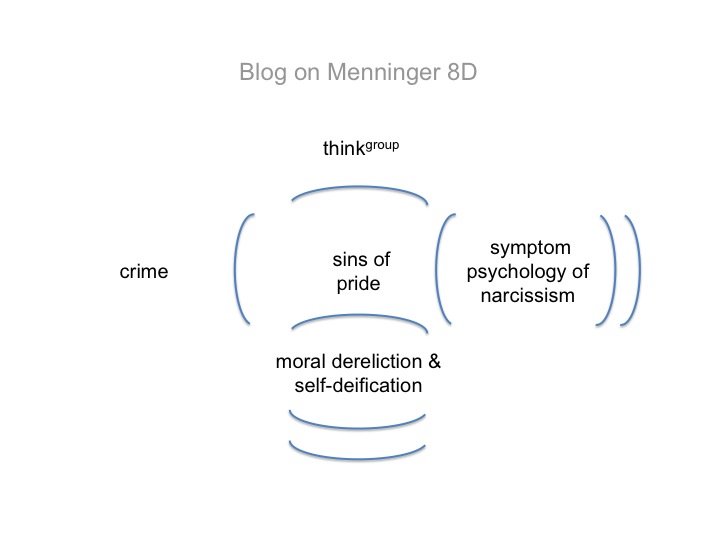Now, let us consider the next section of Chapter 8: “The Sins of Sensuality – Lust, Fornication, Adultery and Pornography”.
Before modern awareness, portrayals of sex were considered immoral, reprehensible, and anathema.
OK, it was bigger than that.
Even thoughts about sex (totally imaginary private portrayals, so to speak) were considered immoral, reprehensible, and anathema. St. Anthony struggled. So did Augustinian monks and nuns.
For centuries, “being good” meant sexual restraint, denial and suppression – with certain caveats depending on one’s elite status.
But somehow, the sexual act survived. Otherwise, we would not be here.
In the modern era, psychoanalysts attacked the hypocrisy of “denouncing sexual expression” while at the same time practicing the act, including adultery and masturbation”.
Today, the trend is to deny any intrinsic sinfulness in regards to sex, despite the fact that modern sex games may be intentionally hurtful, destructive or predatory.
Better perhaps, to have an unbroken heart, like the companion to Christian, the hero of Pilgrim’s Progress. Her name was Faithful. She had integrity. She could be trusted.



